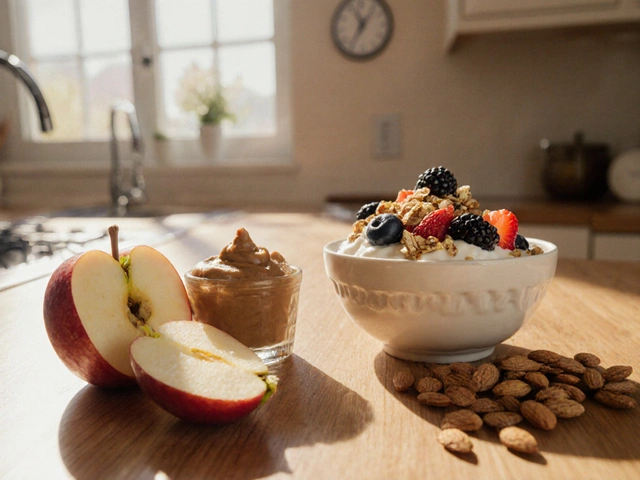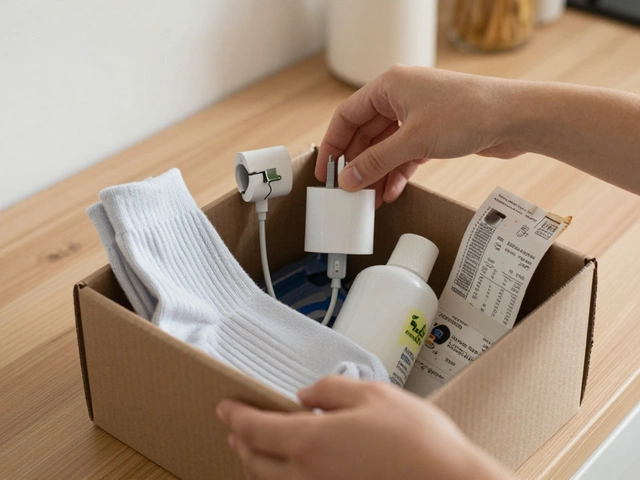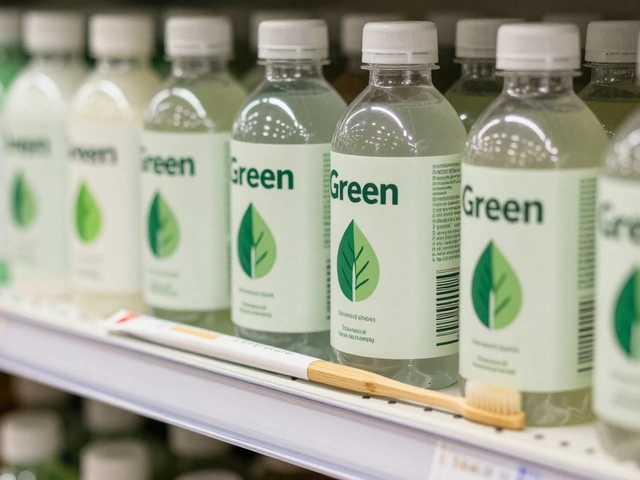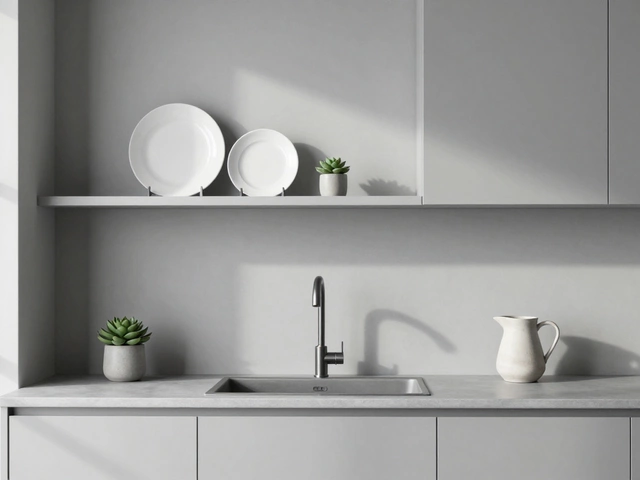In recent years, the beauty world has been buzzing about a trend that promises the ultimate goal for many: glass skin. Originating from South Korea, this concept isn't about achieving something unattainable but highlights a natural, healthy glow that seems to shine from within. It's about skin so clear and smooth that it reflects light, much like glass.
At first glance, achieving glass skin might seem daunting, but it is accessible with the right approach and consistent effort. It requires a dedicated skincare routine tailored to individual needs, emphasizing hydration and gentle care. Whether you're a skincare enthusiast or a beginner venturing into the world of beauty, the journey to glass skin is both rewarding and soothing, offering you a chance to reconnect with your skin. Let's delve into how you can achieve this luminous look, one step at a time.
Understanding Glass Skin
To truly grasp the concept of glass skin, it's important to first acknowledge its roots in Korean beauty culture. The term itself refers to a complexion that embodies pristine clarity and smoothness, where light dances off the skin's surface, creating a luminous sheen. Much like a sheet of polished glass, this look is characterized by an intensely hydrated and refined skin texture. The origins of glass skin lie in the beauty rituals passed down through generations, often emphasizing a holistic approach that marries the inner and outer self.
In seeking this coveted appearance, discovering your own skin type becomes paramount. Not every skincare routine fits all, which is why understanding whether your skin is oily, dry, combination, or sensitive lays the groundwork for effective treatment. For instance, those with oily skin might lean towards lightweight gels, whereas someone with dry skin may find solace in rich creams. It is this careful selection of products and practices tailored to individual needs that elevates the ritual from a routine to an art. As Sarah Lee, co-founder of Glow Recipe, once said,
"Korean skincare is about protecting and flourishing your skin, not covering it up."This philosophy underlines the ethos of achieving glass skin, where care is nuanced and conscious.
Interest in radiant skin is not solely about aesthetics but also about health. The visible circulation and glow signify well-nourished skin, free from dryness and damage. But what does it take to maintain such a sought-after appearance? Consistent moisturization is essential, as is adopting a regimen that involves methods like double cleansing, toning, and serum application. Ingredients such as hyaluronic acid, niacinamide, and squalane play a crucial role in building and preserving hydration and clarity. Each layer applied to the skin serves as a building block, contributing to the seamless, transparent finish that is the hallmark of glass skin.
| Common Ingredients | Benefits |
|---|---|
| Hyaluronic Acid | Boosts moisture retention |
| Niacinamide | Improves skin texture |
| Squalane | Enhances hydration |
Beyond just the products, the rituals involved in cultivating glass skin often extend into lifestyle choices. Hydration isn't confined to topical application; drinking ample water, getting sufficient rest, and maintaining a balanced diet rich in antioxidants all contribute to that elusive glow. Stress management, regular exercise, and even meditation can enhance skin health, suggesting that the journey to glass skin is as much about self-care as it is about skincare. Ultimately, understanding glass skin is to appreciate its nuanced interplay between disciplined care and empowered wellness.
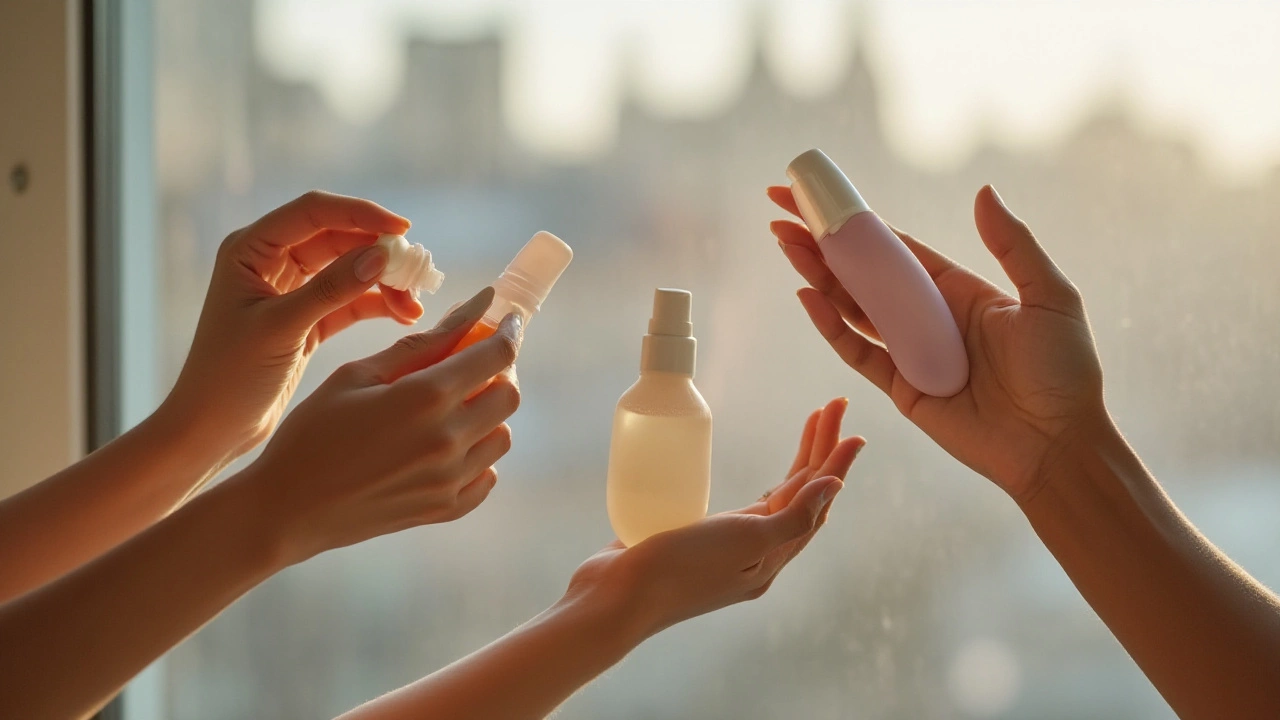
Hydration is Key
When it comes to achieving glass skin, hydration stands as the cornerstone of your skincare routine. A well-hydrated skin is naturally plump and radiant, making it the foundation upon which other skincare steps thrive. Water is life not only for our bodies but also for our skin, which is why it's crucial to ensure that your skin receives ample moisture. The journey towards radiant skin starts with a commitment to keeping it hydrated from both the inside and out. Drinking enough water daily is just as vital as applying moisturizing products. It's interesting to note that according to dermatologists, the outermost layer of our skin, the stratum corneum, can hold a significant amount of water and when well-moisturized, it can improve the skin's appearance dramatically.
Delving into skincare products, opting for a good hydrating toner can make a difference. Toners serve as the first layer of direct hydration following cleansing. Choose those formulated with soothing elements like hyaluronic acid or glycerin that draw water into the skin. Imagine them as the preparatory step that sets the tone for how effectively the next layers will penetrate and nourish your skin. The functions of these ingredients might seem technical, but they simply ensure that the moisture remains locked in, giving you that enviable dewy look. Skincare routine aficionados often recommend applying products on damp skin, arguing it maximizes absorption—a small but impactful tweak that can enhance hydration benefits significantly.
Moisturizers are another crucial element. There is a wide array of formulations, each suited to different skin types, but those aiming for radiant skin often favor water-based gel creams. The reason? These are less oily and provide a refreshing texture while adequately locking in moisture. A word of caution here: remember that these moisturizers should be applied while the toner is still damp to seal in the maximum hydration. As emphasized by a renowned skincare expert, "Hydration doesn’t end with just water; it’s about creating a moisture-friendly environment for your skin to perform its best."
"When the skin is hydrated, it appears more plump and resilient. Proper hydration fills in even the tiniest of cracks in the skin, which is why hydration is essential for achieving the kind of translucent finish that glass skin demands."
For those serious about attaining glass skin, investing in a good facial mist can further enhance your hydration game. These mists can be spritzed on throughout the day, acting as a quick hydration boost whenever your skin feels tight or dry. It's a simple yet effective strategy—like sipping water throughout active hours to maintain your body's hydration level. Not only do these mists refresh and hydrate, but they also offer the soothing benefit of aromatherapy if infused with gentle scents like chamomile or rose water.
Understanding your skin type is essential when it comes to choosing the right hydration products. Oily skin types might shy away from the idea of extra hydration, but counterintuitively, well-hydrated skin can help regulate oil production. Meanwhile, those with dry or combination skin can benefit immensely from richer formulas such as serums filled with ceramides or oils that mimic the skin's natural barriers. Below is a simple table showing how each product functions:
| Product Type | Primary Function |
|---|---|
| Toner | Prepares and hydrates |
| Moisturizer | Locks in moisture |
| Facial Mist | Boosts hydration |
Diving into crafting your personalized skincare routine, it's all about consistency and adjustments. Monitoring how your skin responds to the incorporated hydration steps can offer insights into what works best for you. Remember, each individual’s skin is unique; what might be glass skin nirvana for one, might require a different tweak for another. Hydration is truly key in this layered journey, paving the way to uncovering the healthiest glow your skin has to offer.

Exfoliation Techniques
Achieving glass skin requires an understanding of the art of exfoliation. This process, crucial to any effective skincare routine, involves removing dead skin cells that accumulate on the surface, often leading to a dull, rough texture. Regular exfoliation allows your skin to breathe, fostering cellular renewal and enabling your skincare products to penetrate more deeply, enhancing their efficacy. It’s vital to recognize that there are primarily two types of exfoliation: physical and chemical. Each has its benefits and choosing the right one depends on your skin type and specific needs.
Physical exfoliation refers to the use of granular substances or tools, such as scrubs or brushes, which manually slough away dead skin cells. While this method can be effective, it's important to use it gently to prevent micro-tears in the skin, especially if your skin is sensitive. Opt for gentle scrubs with fine particles and always follow up with a hydrating product to soothe the skin. On the other hand, chemical exfoliation involves the use of acids like AHAs (alpha hydroxy acids) or BHAs (beta hydroxy acids) which dissolve the bonds holding dead skin cells together, resulting in a more uniform and radiant complexion without the need for scrubbing.
One must be cautious with chemical exfoliants as well, starting with lower concentrations to gauge your skin’s tolerance. For newcomers to chemical exfoliation, products with lactic acid or salicylic acid are often suggested due to their mild yet effective properties. A well-balanced exfoliation routine might include weekly exfoliation, adjusting frequency based on the skin's response. A dermatological study once cited that regular yet controlled exfoliation can incrementally boost the skin's luminosity by up to 30% over three months. For those apprehensive about using chemicals, natural alternatives like yogurt masks can provide gentle exfoliation through their natural lactic acid content.
"Exfoliation is like preparing a canvas for a masterpiece; it primes the skin to fully absorb the nourishing ingredients," suggests dermatologist Dr. Marie Jenkins.
Another method worth exploring, especially for the advanced skincare aficionado, is the use of enzyme-based exfoliants. These products, which often contain fruit enzymes, are an ideal middle ground between physical and chemical exfoliants. They work to subtly break down the protein bonds on the skin’s surface, revealing a smoother layer underneath. Integrating such an option into your routine can be a game-changer for achieving radiant skin. Remember, no matter the type of exfoliation, consistency is key. Always follow with sunscreen during the daytime to protect your newly-exfoliated skin from UV damage, as exfoliation can make the skin more photosensitive.

Crafting Your Routine
Crafting a skincare routine that paves the way to glass skin is akin to creating a work of art. It takes mindfulness, consistency, and a touch of patience to unlock the secrets behind a truly radiant glow. Each step is an investment in your skin’s future, nourishing it from the inside out. The cornerstone of any skincare regimen is proper cleansing. A clean canvas allows products to perform effectively without the interference of impurities or makeup residue. Choosing a gentle cleanser that respects your skin’s natural barrier is essential. Look for formulations free from harsh sulfates as these can strip moisture and compromise your skin.
Once your skin is clean, hydration takes center stage. Increasing moisture levels is critical for achieving the coveted glass skin look. Incorporating products like toners, essences, and serums designed for deep hydration will help lock in moisture. These products often contain humectants like hyaluronic acid, which can hold up to a thousand times their weight in water, leaving your skin plump and luminous. It's this emphasis on layering lightweight, hydrating products that gradually enriches your skin from within.
Strengthening the skin’s barrier is another crucial element in your routine. Ingredients such as ceramides, found in creams and lotions, provide essential support to maintain the skin's protective barrier. This not only helps in retaining moisture but also shields your skin from environmental stressors. Consistency in applying these products forms the backbone of a successful glass skin routine. Over time, you’ll notice an improvement in texture and tone, creating a smooth, reflective surface.
"A well-crafted skincare routine is not about bombarding your skin with products; it's about simplicity and efficacy," shares renowned dermatologist Dr. Elaine Atkins. She emphasizes, "Patience and routine are twin sisters in the journey towards glass skin."
Exfoliation should not be overlooked, as it promotes cell turnover and removes dead skin cells that dull the complexion. Aim for gentle exfoliation techniques using acids like AHAs and BHAs, which speed up dead cell removal without abrasiveness. This prepares your skin for maximum absorption of growth-stimulating serums and creams that follow. However, avoid over-exfoliating, as it can lead to irritation and overproduce oil, counteracting your efforts.
Finally, sun protection is non-negotiable. Regardless of your daily schedule, applying sunscreen with at least SPF 30 ensures protection against harmful UV rays that contribute to premature aging and pigmentation. Look for formulas that offer broad-spectrum coverage to guard against both UVA and UVB rays. Additionally, there are sunscreens available with hydrating properties, providing a two-in-one benefit for maintaining your skin’s glassy finish.
| Product | Key Ingredient | Benefit |
|---|---|---|
| Hydrating Toner | Hyaluronic Acid | Deep Moisture |
| Barrier Cream | Ceramides | Strengthen Protection |
| Chemical Exfoliant | AHA/BHA | Improve Texture |





